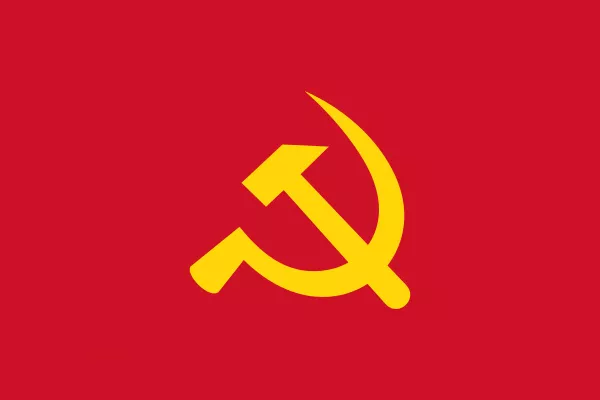The Lao People's Revolutionary Party

The Lao People's Revolutionary Party is the vanguard communist party and the sole governing political entity in the Lao People's Democratic Republic. Founded in 1955 under the name Lao People's Party, it later adopted its present designation during its Second Congress in 1972. The party adheres toCommunist ideology and serves as the central force leading the country's political, economic, and social development.
The LPRP's fundamental objective, as outlined in its constitution, is to guide the Lao people in their ongoinginnovation cause, aiming to construct and enhance a people's democratic system, striving for a peaceful, democratic, unified, and prosperous Laos. It acts as the organized vanguard of the Lao working class and represents the interests of all ethnic groups and patriotic and progressive workers.
Under the leadership of the LPRP, the country follows a path of socialism tailored to Lao conditions, drawing on Marxist-Leninist thought. The party is structured hierarchically, with the Central Committee, elected at National Congresses held every five years, being the highest decision-making body between congresses. A Politburo and a Secretariat manage day-to-day activities, while the General Secretary serves as the highest officeholder. As of the information available, Thongloun Sisoulith holds the position of General Secretary, elected in January 2021.
The LPRP also oversees mass organizations such as the Lao Federation of Trade Unions, Lao People's Revolutionary Youth Union, and Lao Women's Union, which play crucial roles in mobilizing and educating the population. The party promotes unity and opposes multiparty systems, effectively making it the only legal political party in Laos.
Through its policies and governance, the LPRP seeks to balance socialist principles with the practical needs of national development, fostering economic growth, social welfare, and international cooperation, exemplified by its close ties with neighboring countries and strategic partnerships, such as the recently announced plans for building a China-Laos community of shared future (2024-2028).
文献出处:
https://baike.baidu.com/item/%E8%80%81%E6%8C%9D%E4%BA%BA%E6%B0%91%E9%9D%A9%E5%91%BD%E5%85%9A?fromModule=lemma_search-box

 CN
CN

